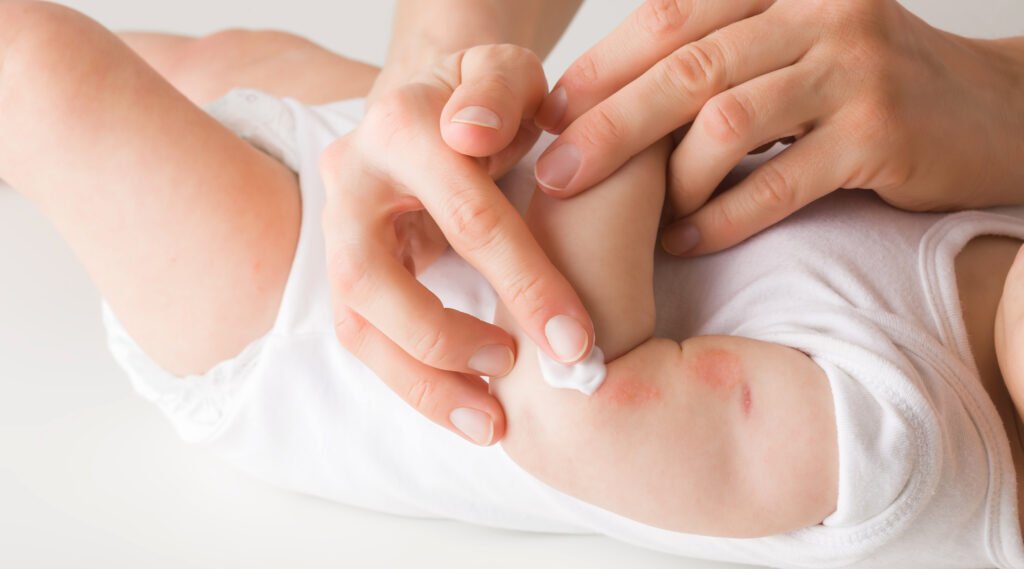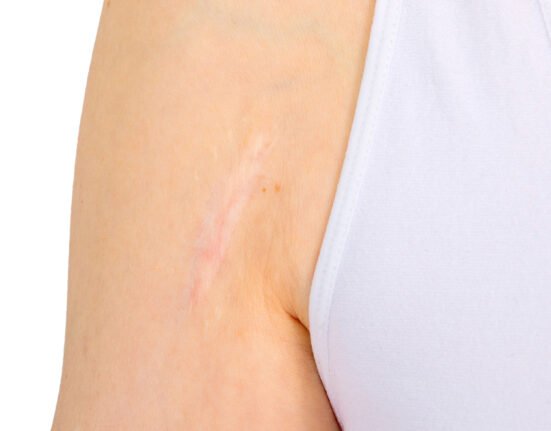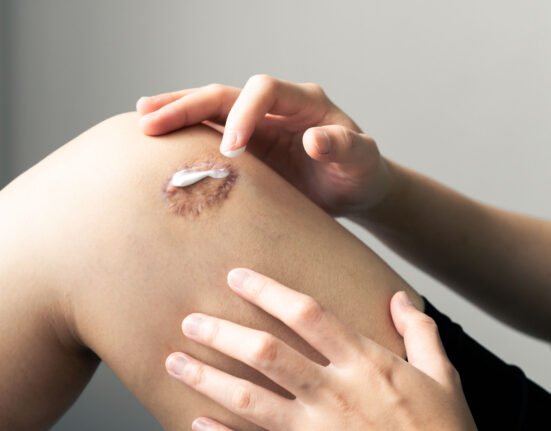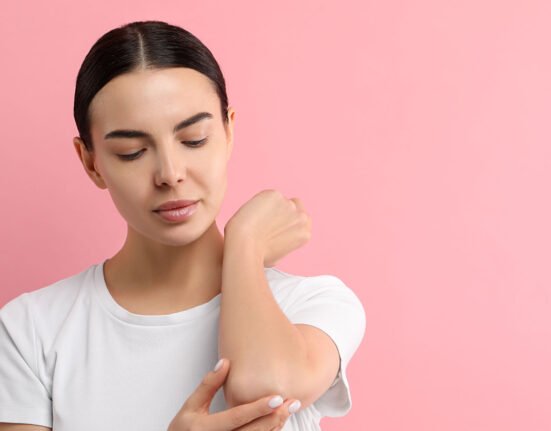A baby’s skin is incredibly soft, but also very sensitive. It’s completely normal to see various rashes appear in the first few weeks of life.
Don’t worry, though. Not all rashes mean your baby is sick. Let’s go over some of the most common skin rashes in babies!
1. Baby Acne (Neonatal Acne)
This is one of the most common rashes that appear shortly after birth. It usually shows up on the cheeks, nose, or forehead as red bumps that look like tiny pimples or blackheads.
What you should know:
- Baby acne often becomes more noticeable around the second or third week.
- Simply clean your baby’s face with warm water and baby-safe soap.
- Avoid using adult acne treatments. Baby skin is much more delicate!
Use a gentle moisturizer like wund+™ Regeneration Cream to help keep your baby’s skin hydrated and irritation-free.
2. Cradle Cap
This appears as oily, yellowish, and scaly patches on the scalp. Sometimes it can spread to the face or neck.
- It’s not contagious and usually doesn’t bother the baby.
- Cradle cap often clears up on its own, but you can help by washing your baby’s hair gently and using a soft brush to remove the flakes after shampooing.
3. Atopic Eczema
Eczema causes red, dry, and very itchy skin. It often appears on the face, scalp, or body.
What you can do:
- Eczema may be triggered by allergies (like milk or eggs) or irritants (like soap or fabric).
- Apply a moisturizing cream regularly, especially after baths.
If the skin looks very dry or cracked, apply wund+™ Regeneration Cream to help repair the skin barrier and reduce irritation.
4. Hand, Foot, and Mouth Disease (HFMD)
This viral illness causes blister-like spots on the hands, feet, and painful sores in the mouth.
- It usually clears up on its own within 7–10 days.
- Keep your baby well hydrated and comfortable. If there’s a high fever or your baby refuses to drink, contact your doctor.
5. Diaper Rash
A rash in the diaper area is caused by moisture, friction, or contact with urine and stool.
How to prevent and treat it:
- Change diapers frequently.
- Keep the diaper area clean and dry.
- Use barrier creams or antifungal creams if needed.
- wund+™ Regeneration Cream helps soothe irritated skin and supports the natural healing of diaper rash.
6. Scabies
Caused by tiny mites that burrow into the skin. It leads to an extremely itchy rash, often found on the soles of the feet, underarms, or even the genital area.
Keep in mind:
- It usually spreads through close contact, including among family members.
- Requires specific medicated creams, and the entire household should be treated to prevent reinfection.
Don’t Panic, But Stay Alert

Baby rashes are often harmless and go away on their own. Still, it’s important to monitor any changes. If the rash worsens, comes with a fever, or makes your baby seem uncomfortable, consult your doctor.
wund+™ offers gentle, baby-safe solutions for sensitive skin, from managing diaper rash and dry skin to speeding up the healing of minor wounds.
wund+™ Regeneration Cream and wund+™ Wound Spray are your go-to helpers at home.
References
NHS. Accessed in 2025. Rashes in babies and children
Nidirect. Accessed in 2025. Skin rashes in babies














Leave feedback about this